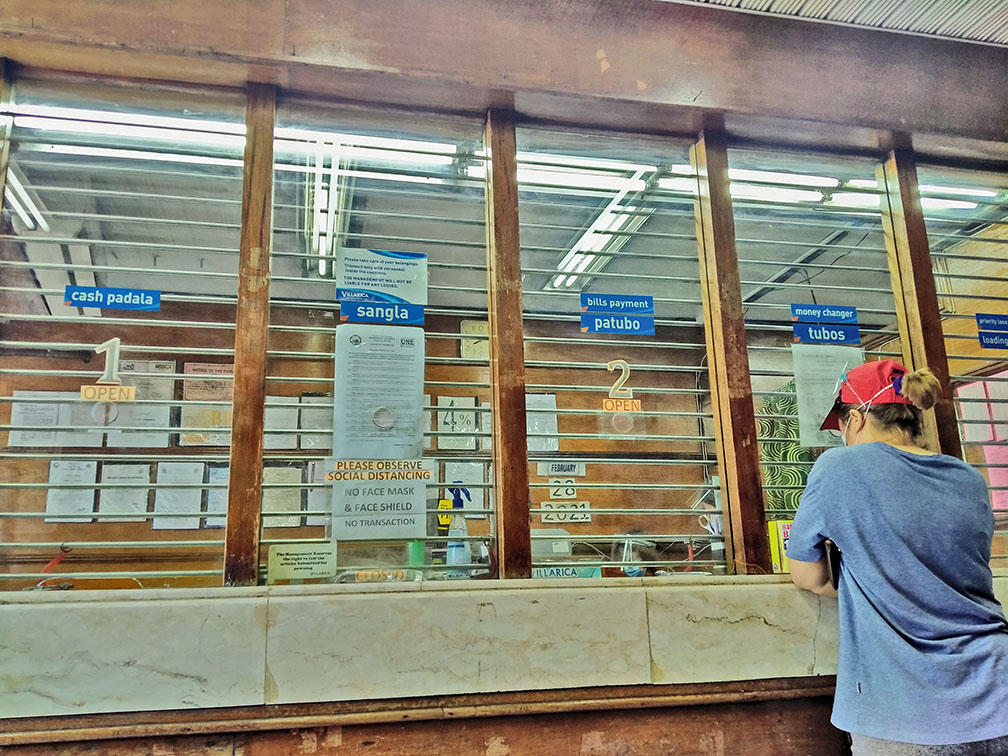SIX in 10 Filipino households that experienced financial difficulties had to reduce their food intake or pawn their possessions to survive in the pandemic, according to the Asian Development Bank (ADB).
ADB's Key Indicators for Asia and the Pacific 2021 report showed 64 percent of households were in financial distress and had to employ coping strategies.
These strategies, which included skipping meals as well as selling and pawning their possessions, were necessary to survive, given that only 36.7 percent of these families were covered by at least one social protection benefit.
"Asia and the Pacific has made impressive strides, but Covid-19 has revealed social and economic fault lines that may weaken the region's sustainable and inclusive development," ADB Chief Economist Yasuyuki Sawada said.
"To achieve the 2030 Sustainable Development Goals, decision-makers need to harness high-quality and timely data as a guide for actions to ensure that the recovery leaves no one behind—especially the poor and vulnerable," he added.
ADB data also showed these coping strategies have led to food insecurity and undernourishment. In the Philippines, ADB said undernourishment per population reached 9.7 percent, the highest in the Asean-5.
Further, 41.2 percent of the Philippines's total population experienced moderate or severe food insecurity—the second highest after Cambodia's 44.1 percent.
ADB estimated that in the region, about 36 percent of households with financial difficulties decided to skip meals or reduce their food intake.
Data showed 30.4 percent of these households reduced their consumption of non-essential goods and services; 27.4 percent declined their non-essential daily expenditure; 25.9 percent cut their expenses for going out; and 25.4 percent slashed their utilities spending.
Based on ADB's survey data from eight developing countries from the Association of Southeast Asian Nations (Asean), including the Philippines, 54.9 percent of households reported financial difficulty.
Of these households, 83.3 percent reduced their consumption or expenditures; 49.6 percent used their cash and savings; 38.4 percent borrowed money from friends and relatives; 35.4 percent deferred their payments and debt reimbursements; and 33.7 percent applied for social or government aid.
Regional data also showed 20 percent of these households had to craft self-homemade food or items to sell online; 18.2 percent sold or pawned properties; 14.5 percent borrowed funds from money lenders; 14.2 percent borrowed from commercial and policy banks; 13.8 percent sold merchandise stock at low prices; 12.9 percent borrowed from microfinance institutions; and 1.6 percent said they could not take action as the lockdown was imposed.
ADB said data showed the pandemic is threatening Asia and the Pacific's progress toward critical targets under the SDGs.
The pandemic pushed an estimated 75 million to 80 million more people in developing Asia into extreme poverty as of last year, compared with what would have happened without Covid-19.
Assuming that the pandemic has increased inequality, the relative rise in extreme poverty—defined as living on less than $1.90 a day—may be even greater. Progress has also stalled in areas such as hunger, health, and education, where earlier achievements across the region had been significant, albeit uneven.
Key Indicators presents comprehensive economic, financial, social, and environmental statistics for ADB's 49 regional members.
Extreme poverty
According to the report, about 203 million people or 5.2 percent of developing Asia's population lived in extreme poverty as of 2017. Without Covid-19, that number would have declined to an estimated 2.6 percent in 2020.
Asia and the Pacific's economy has grown at a robust pace in recent years and contributed as much as 35 percent to global gross domestic product (GDP)—in current US dollars—in 2019. Covid-19, however, took a toll just when weaker domestic investment and slowing global trade and economic activity were starting to challenge this momentum.
Among reporting economies in Asia and the Pacific, only about 1 in 4 posted GDP growth last year. The region lost about 8 percent of work hours due to mobility restrictions, deeply affecting poorer households and workers in the informal economy.
The Key Indicators report includes a special supplement introducing a practical framework for measuring the digital economy and its growing role in modern life, which has been particularly evident during the pandemic.
Read full article on BusinessMirror


No comments:
Post a Comment